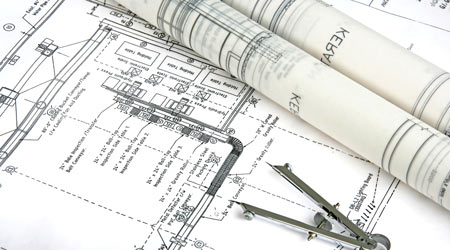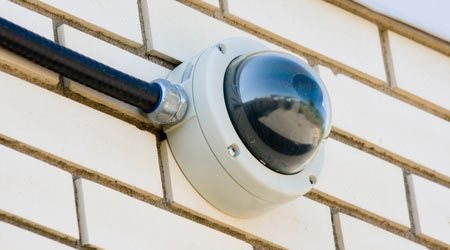
Smart Buildings Can Help Bridge Gap Between Design And Operations
September 14, 2016
Smart-building technologies offer a way to address a persistent performance problem: bridging the gap between design and operation.
“Many buildings that are designed to achieve high performance design goals fail to achieve them in actual practice,” says Alan Shepherd, senior vice president of Built Ecology at WSP.
Shepherd sees smart building systems offering a way to tackle this issue. Using a cloud-based interface, building performance trending and diagnostic software makes it possible to monitor buildings remotely and to diagnose design or installation flaws that might have been missed during commissioning. Furthermore, says Shepherd, “diagnostic algorithms can be programmed that are able to automatically detect non-conformant operations and to notify interested parties. Through this process of post-occupancy refinement we are beginning to see a far stronger correction between predicted and actual in-use building energy performance.”
“Smart technologies can give (facility managers) more granular data to better understand day-to-day building performance,” says David Wilts, associate principal at ARUP. “If you have good measurement and verification systems in place, you will be notified where there’s an anomaly from standard operations.”
Wilts cites a practical example: If a specific lighting circuit is suddenly using 140 fewer watts than normal, that can be a signal to the operations staff that two 70 watt bulbs are burned out and need replacement.
“Smart building technologies enable high performance,” Wilts says. To achieve that goal, he applies four basic rules:
1. All energy consuming equipment should be 100 percent off whenever possible.
2. All systems should be able to work proactively instead of reactively
3. All systems should leverage human presence data whenever and wherever possible
4. All systems should be able to communicate so that load shedding can be achieved in a preplanned manner.
This quick read is from Rita Tatum, contributing editor for Building Operating Management. Read more from her about smart buildings.
Next
Read next on FacilitiesNet












